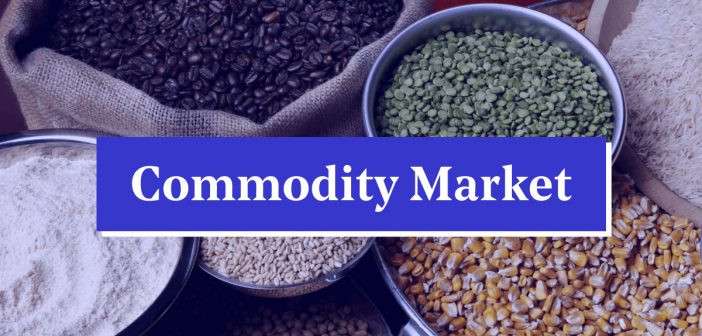The commodities market in India, which includes trading in metals, agricultural products, and energy commodities, is seeing lower participation from Indian investors compared to other financial markets like equities. Understanding the reasons behind this trend can help in devising strategies to increase participation and enhance the vibrancy of the commodities market in India.
Current Trends and Statistics
India’s commodities market, with key exchanges such as the Multi Commodity Exchange (MCX) and National Commodity & Derivatives Exchange (NCDEX), has not witnessed a robust increase in individual investor participation. The overall trading volumes and the number of participants in the commodities markets remain significantly lower than those in equity markets. For instance, the daily average trading volume of MCX in 2023 was around ₹30,000 crores, which is relatively small compared to equity markets where daily volumes can reach several lakh crores.
Challenges Hindering Participation
- Lack of Awareness: One of the primary reasons for the low participation is a lack of awareness and understanding among retail investors about how commodities trading works. Unlike equities, which are well-covered in media and education, commodities receive less attention.
- Perceived Complexity: Commodities trading involves futures contracts and requires an understanding of global markets, geopolitical issues, and weather patterns, especially for agricultural commodities. This complexity can deter new investors who might not have the time or resources to gain such specialized knowledge.
- Regulatory Concerns: The commodities market has faced regulatory issues in the past, such as the National Spot Exchange Limited (NSEL) scam in 2013, which shook investor confidence. Although regulations have improved, the legacy of such incidents continues to affect perceptions.
- High Margin Requirements: Trading in commodities often requires higher margin amounts compared to equity markets, which can be a barrier for retail investors who prefer lower entry costs.
- Market Volatility: Commodities can be highly volatile due to factors like supply-demand imbalances, geopolitical tensions, and natural calamities. This high volatility can be a deterrent for risk-averse investors.
Potential Solutions and Opportunities
To boost participation in the commodities market, several measures can be implemented:
- Education and Awareness Programs: Initiatives to educate potential investors about the commodities market can demystify trading in commodities. Workshops, online courses, and media coverage can play a significant role.
- Reducing Complexity: Simplifying the process of commodities trading and offering products that are easier to understand could attract more retail investors.
- Enhanced Regulatory Frameworks: Continued efforts to strengthen the regulatory environment will help build trust among investors. Transparency and safety measures can encourage participation.
- Technological Integration: Leveraging technology to provide real-time data, market analysis tools, and easy-to-use trading platforms can attract tech-savvy younger investors.
- Diversification Benefits: Highlighting the benefits of diversifying investments into commodities, which often have low correlation with equities, can attract investors looking for hedging opportunities.
Conclusion
The commodities market in India holds significant potential for growth, but realizing this potential requires addressing the challenges that currently restrict participation. By focusing on education, simplifying the trading process, enhancing regulatory frameworks, and utilizing technology, the market can attract a broader base of investors. With these measures, the commodities market can become an integral part of the investment landscape in India, offering opportunities for diversification and risk management.




